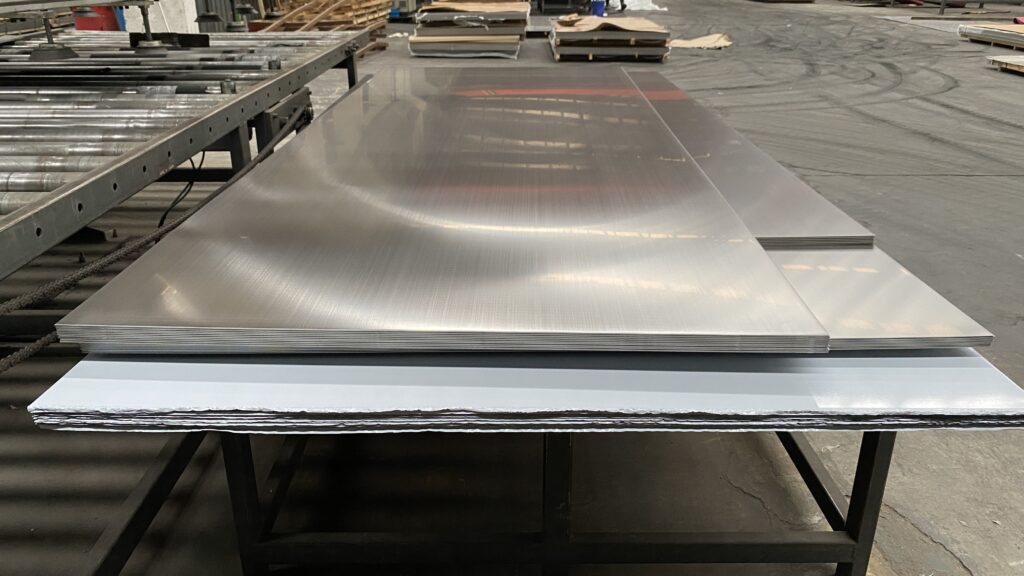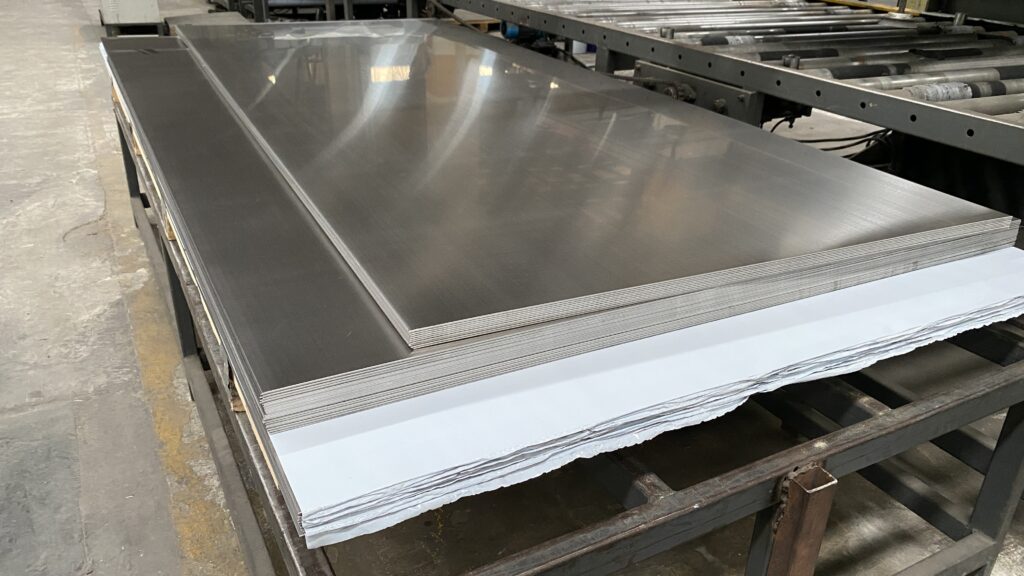Introduction

304 stainless steel is one of the most widely used stainless steel grades, celebrated for its versatility and outstanding properties. Understanding 304 stainless steel properties is essential for engineers, manufacturers, and DIY enthusiasts alike. This comprehensive guide explores the essential characteristics, applications, and benefits of 304 stainless steel, helping you make informed decisions for your projects.
What is 304 Stainless Steel?
304 stainless steel belongs to the austenitic family of stainless steels, which are known for their high corrosion resistance and excellent formability. Its chemical composition typically includes 18% chromium and 8% nickel, which contribute to its exceptional durability and resistance to oxidation. These properties make it a preferred choice in a variety of industries.
Key Properties of 304 Stainless Steel
Corrosion Resistance
One of the hallmark 304 stainless steel properties is its remarkable corrosion resistance. The high chromium content creates a protective oxide layer, which shields the steel from moisture and corrosive elements. This makes it particularly suitable for environments exposed to harsh conditions, such as marine applications and chemical processing.
Mechanical Strength
Another important aspect of 304 stainless steel properties is its mechanical strength. This alloy exhibits good tensile strength, allowing it to withstand significant loads without deforming. It is often used in structural applications where reliability is paramount.
Formability and Weldability
304 stainless steel is renowned for its excellent formability and weldability. Its ability to be easily shaped and welded makes it a versatile material for manufacturers. This property allows it to be fabricated into complex designs without compromising its integrity.
Temperature Resistance
With excellent temperature resistance, 304 stainless steel can perform well in a wide range of temperatures. It maintains its mechanical properties at both high and low extremes, making it suitable for applications that experience temperature fluctuations.
Hygiene and Cleanability
The hygienic properties of 304 stainless steel are particularly important in industries such as food processing and pharmaceuticals. Its smooth surface is easy to clean and sanitize, preventing bacterial growth and ensuring compliance with health standards.
Aesthetic Appeal
In addition to its functional properties, 304 stainless steel is often chosen for its aesthetic appeal. Its shiny, polished surface enhances the visual quality of products, making it a popular choice for architectural applications and decorative elements.
Cost-Effectiveness
While 304 stainless steel may not be the cheapest material available, its long-lasting durability and low maintenance requirements make it a cost-effective option in the long run. Investing in high-quality materials often leads to fewer replacements and repairs over time.
Applications of 304 Stainless Steel
304 stainless steel is utilized in a multitude of applications across various industries, including:
- Food and Beverage Industry: Equipment, tanks, and piping where hygiene is crucial.
- Construction: Structural components and architectural finishes.
- Chemical Processing: Storage tanks and processing equipment resistant to corrosive chemicals.
- Automotive: Exhaust systems and various structural components.
Table: Summary of 304 Stainless Steel Properties
| Property | Description |
|---|---|
| Corrosion Resistance | Excellent, suitable for various harsh environments |
| Tensile Strength | High, ideal for structural and load-bearing uses |
| Formability | Exceptional, easily shaped and welded |
| Temperature Resistance | Maintains integrity from -450°F to 1,200°F |
| Hygienic Properties | Non-porous surface, easy to clean and sanitize |
| Aesthetic Appeal | Bright, polished finish enhances visual design |
| Cost-Effectiveness | Durable, low maintenance leads to long-term savings |
Advantages of Using 304 Stainless Steel
Incorporating 304 stainless steel properties into your projects offers several advantages:
- Longevity: Its corrosion resistance ensures a long service life.
- Versatility: Suitable for diverse applications and industries.
- Safety: Non-reactive, making it safe for food and medical use.
- Sustainability: Recyclable material, supporting environmental initiatives.
Challenges and Considerations
Despite its many advantages, there are challenges to consider when using 304 stainless steel:
- Cost: Higher initial investment compared to some alternatives.
- Welding Requirements: Requires careful handling during welding to preserve properties.
- Magnetism: Generally non-magnetic, but may exhibit slight magnetism after cold working.
Maintenance of 304 Stainless Steel
To ensure the longevity of 304 stainless steel products, proper maintenance is essential. Here are some best practices:
- Regular Cleaning: Use mild detergents and warm water to clean surfaces. Avoid abrasive materials that can scratch the finish.
- Preventive Measures: In environments prone to corrosion, consider applying protective coatings or finishes.
- Inspection: Regularly check for signs of corrosion or damage to ensure safety and functionality.

Conclusion
304 stainless steel properties make it an ideal choice for a vast array of applications. Its exceptional corrosion resistance, mechanical strength, and aesthetic appeal ensure its status as a go-to material in many industries. By understanding these properties, you can maximize the benefits of 304 stainless steel in your projects, leading to better performance and durability.
FAQ
What is the difference between 304 and 316 stainless steel?
The primary difference is that 316 stainless steel contains molybdenum, which enhances its corrosion resistance, particularly in marine environments.
Can 304 stainless steel be used in outdoor applications?
Yes, 304 stainless steel is suitable for outdoor use but may require maintenance in extreme environments to prevent discoloration.
Is 304 stainless steel magnetic?
In its annealed state, 304 stainless steel is generally non-magnetic but can become slightly magnetic if cold worked.
How should I clean 304 stainless steel?
Use a mild detergent with warm water and a soft cloth. For tougher stains, specialized stainless steel cleaners can be used.
What temperature can 304 stainless steel withstand?
304 stainless steel can withstand temperatures ranging from -450°F to 1,200°F without losing its properties.
Is 304 stainless steel safe for food use?
Yes, it is widely used in food processing due to its hygienic properties and non-reactive surface.
How does 304 stainless steel compare to carbon steel?
304 stainless steel offers better corrosion resistance and strength compared to carbon steel but is typically more expensive.
By familiarizing yourself with the comprehensive properties of 304 stainless steel, you can enhance the quality and longevity of your projects while ensuring safety and aesthetic appeal.
